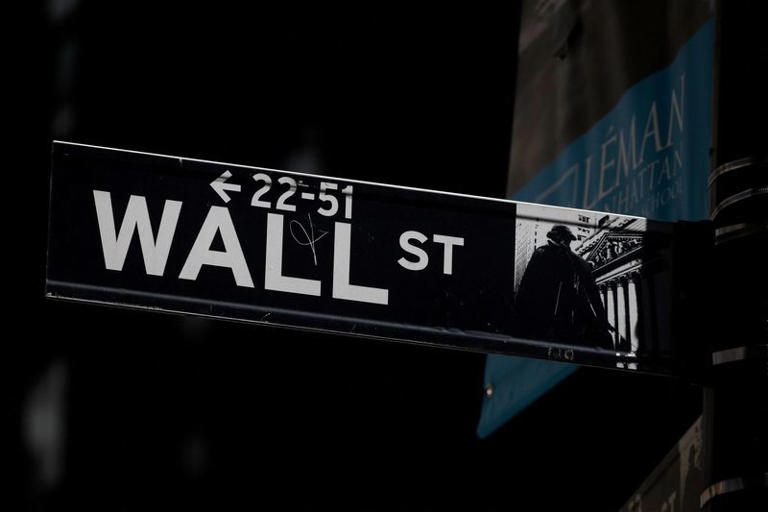On Thursday, the stock market witnessed record highs for both the S&P 500 and the Nasdaq, propelled by strong performances from Nvidia and ongoing analysis of economic indicators and Federal Reserve commentary regarding potential interest rate cuts.
Nvidia, a key player in the semiconductor industry, saw its stock rise by 1.4% to reach an all-time high. This surge came as the company continued to solidify its position as the world’s most valuable company, buoyed by significant server orders received by Dell and Super Micro Computer for Elon Musk’s AI startup.
Shares of Dell and Super Micro Computer also experienced gains, with Dell rising by 1.0% and Super Micro by 6.3%, reflecting positive market sentiment surrounding Nvidia’s business partnerships and technological advancements.
Earlier in the week, Nvidia had surpassed Microsoft to claim the top spot as the world’s most valuable company, a milestone that further fueled investor optimism. This continued rally, combined with softer-than-expected U.S. retail sales data, contributed to the S&P 500 and Nasdaq closing at record highs in the previous session. The S&P 500 briefly crossed the important 5,500-point threshold during intraday trading, a milestone predicted by multiple brokerages as a year-end target.
Sector-wise, energy emerged as the top gainer within the S&P 500, rising by 1.5%, supported by oil futures reaching seven-week highs. Conversely, the real estate sector faced losses during the trading session.
Economic data released during the day showed a decrease in the number of Americans filing new claims for unemployment benefits, indicating ongoing strength in the job market despite modest fluctuations. However, another report highlighted a decline in U.S. single-family homebuilding in May, attributed in part to sustained high mortgage rates.
Investment strategists, such as Joseph Ferrara from Gateway Investment Advisors, emphasized the gradual and marginal nature of recent economic data changes. They suggested that the Federal Reserve might require more definitive evidence of economic slowdown before considering significant adjustments to interest rates.
Minneapolis Fed President Neel Kashkari echoed this sentiment, noting the potential for continued elevated interest rates due to lingering concerns over wage growth and inflationary pressures. Currently, financial markets are pricing in a 58% probability of a 25-basis-point rate cut by the Fed in September, according to LSEG’s FedWatch data.
As of midday trading, the Dow Jones Industrial Average was up 86.87 points (0.22%) to 38,921.73, the S&P 500 rose 3.32 points (0.06%) to 5,490.35, and the Nasdaq Composite dipped slightly by 7.17 points (0.04%) to 17,855.07.
In individual stock movements, Kroger declined by 2.5% despite exceeding first-quarter earnings estimates, as the company remained cautious about near-term consumer spending trends. Conversely, Trump Media & Technology Group saw a significant drop of 12.4%, attributed to concerns over potential equity dilution following the SEC’s approval for the resale of certain shares and warrants.
Overall market breadth showed a mixed picture, with declining issues slightly outnumbering advancers on both the NYSE and Nasdaq exchanges. The S&P 500 recorded 27 new 52-week highs against six new lows, while the Nasdaq registered 36 new highs and 170 new lows.
In summary, Thursday’s trading session highlighted strong performances from key technology stocks driving record highs in major indices, alongside cautious market sentiment influenced by economic data nuances and Federal Reserve policy expectations.
